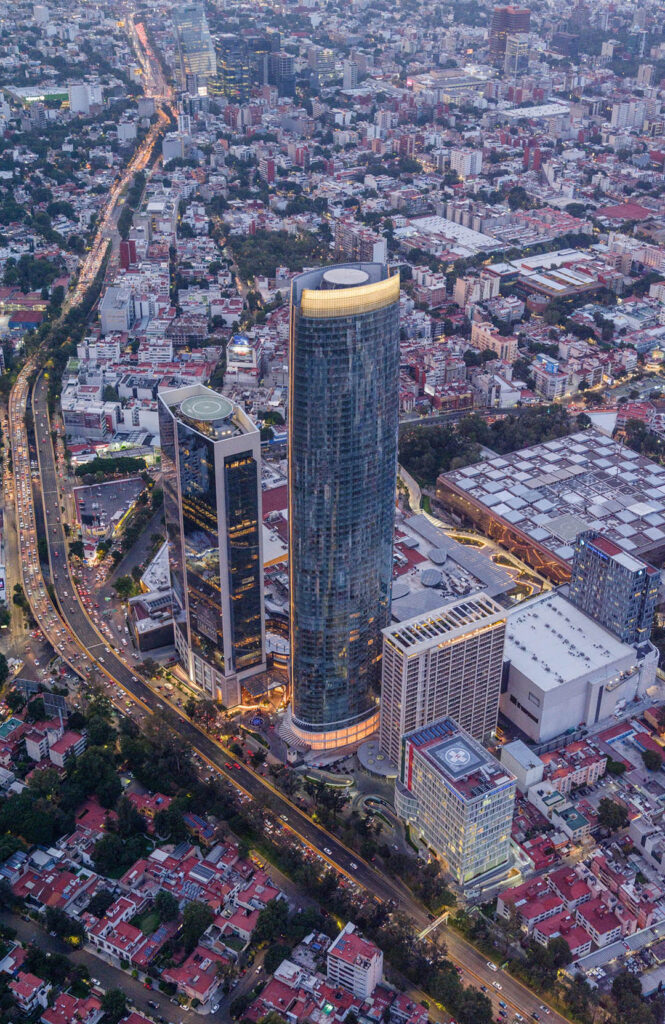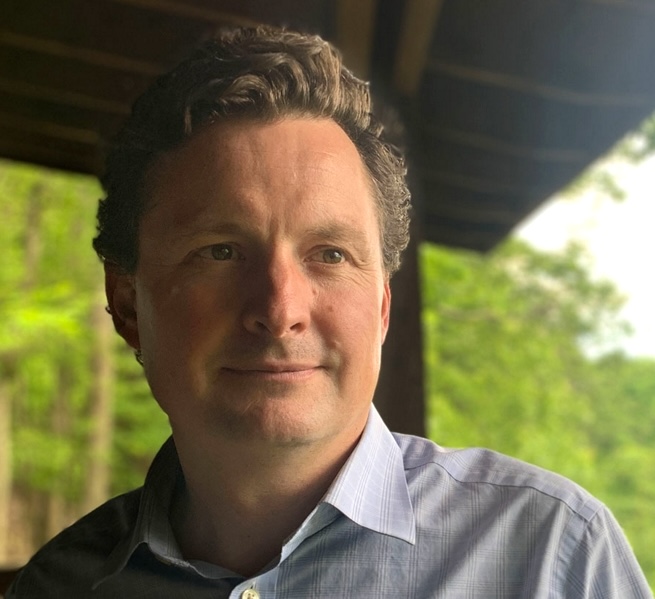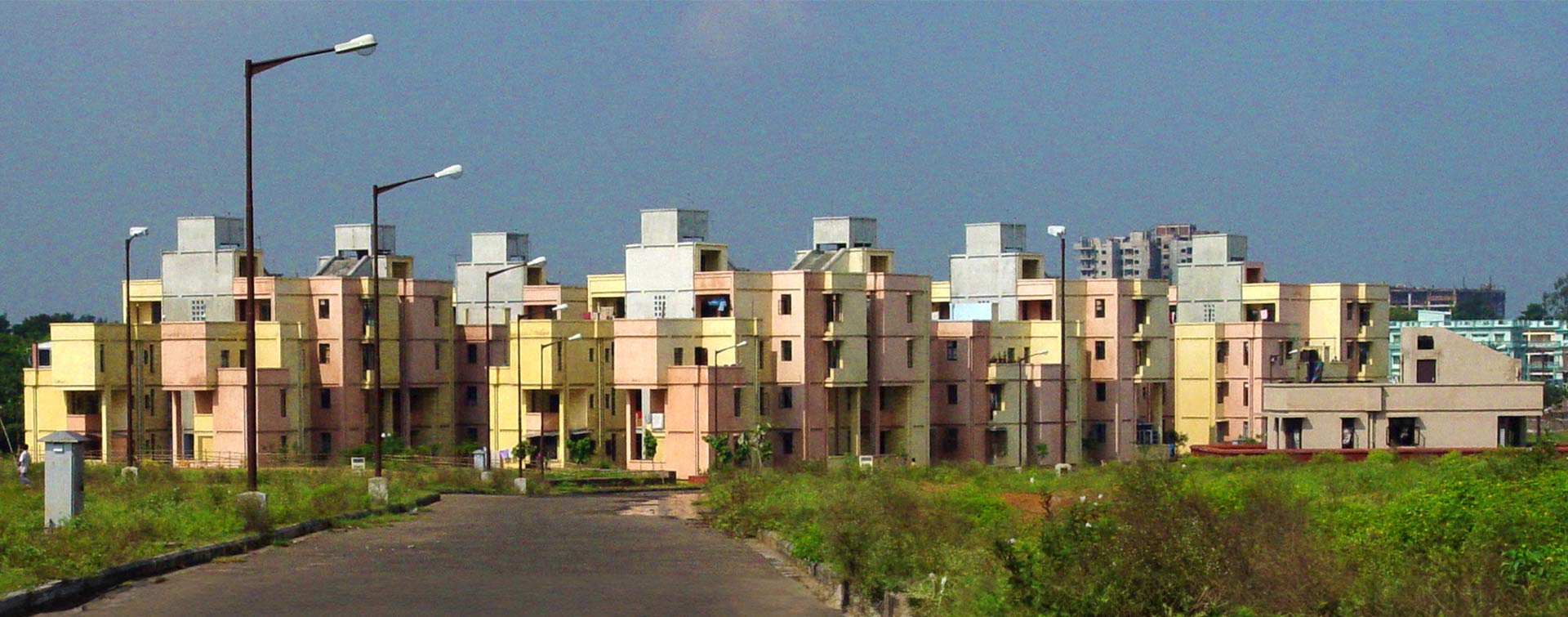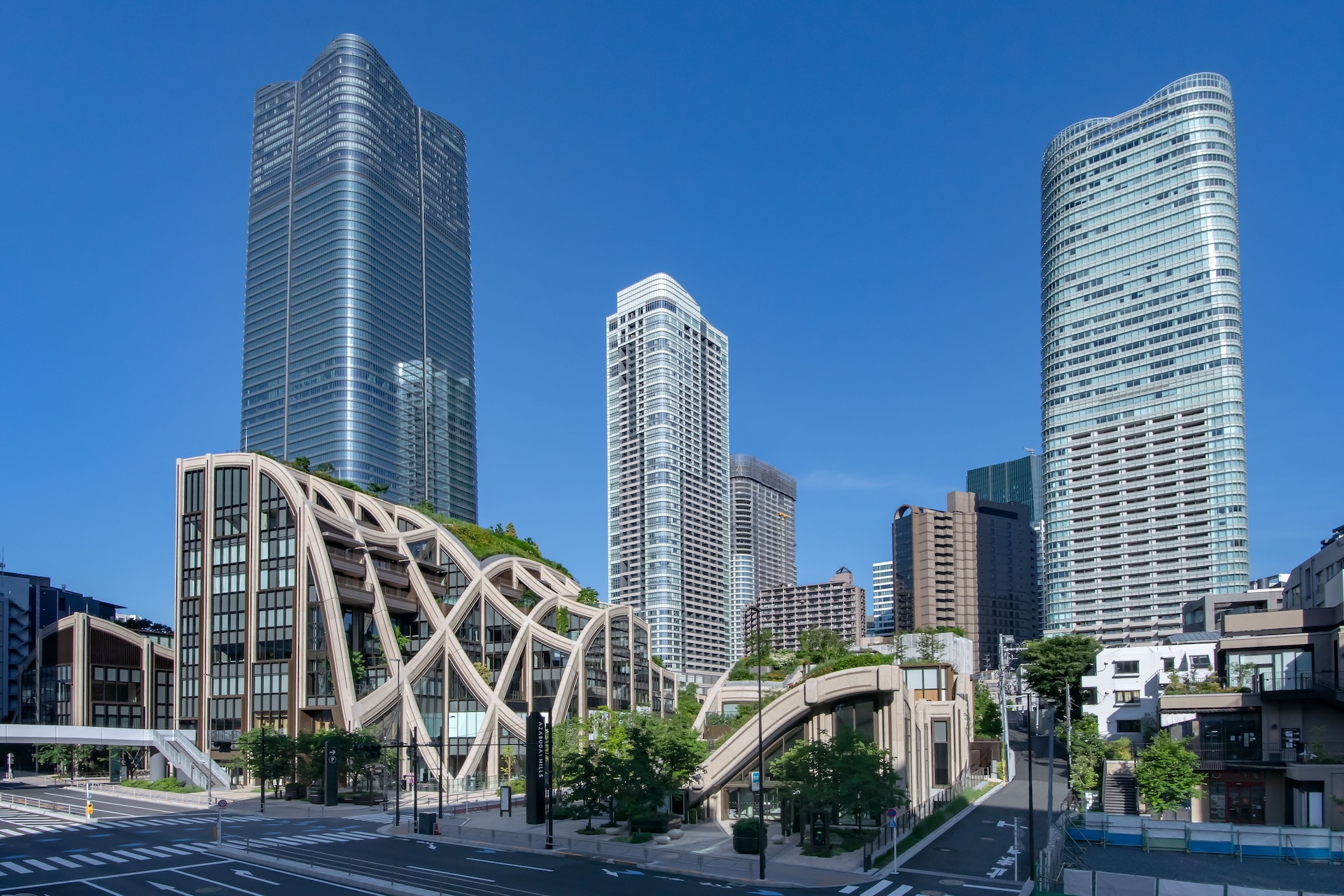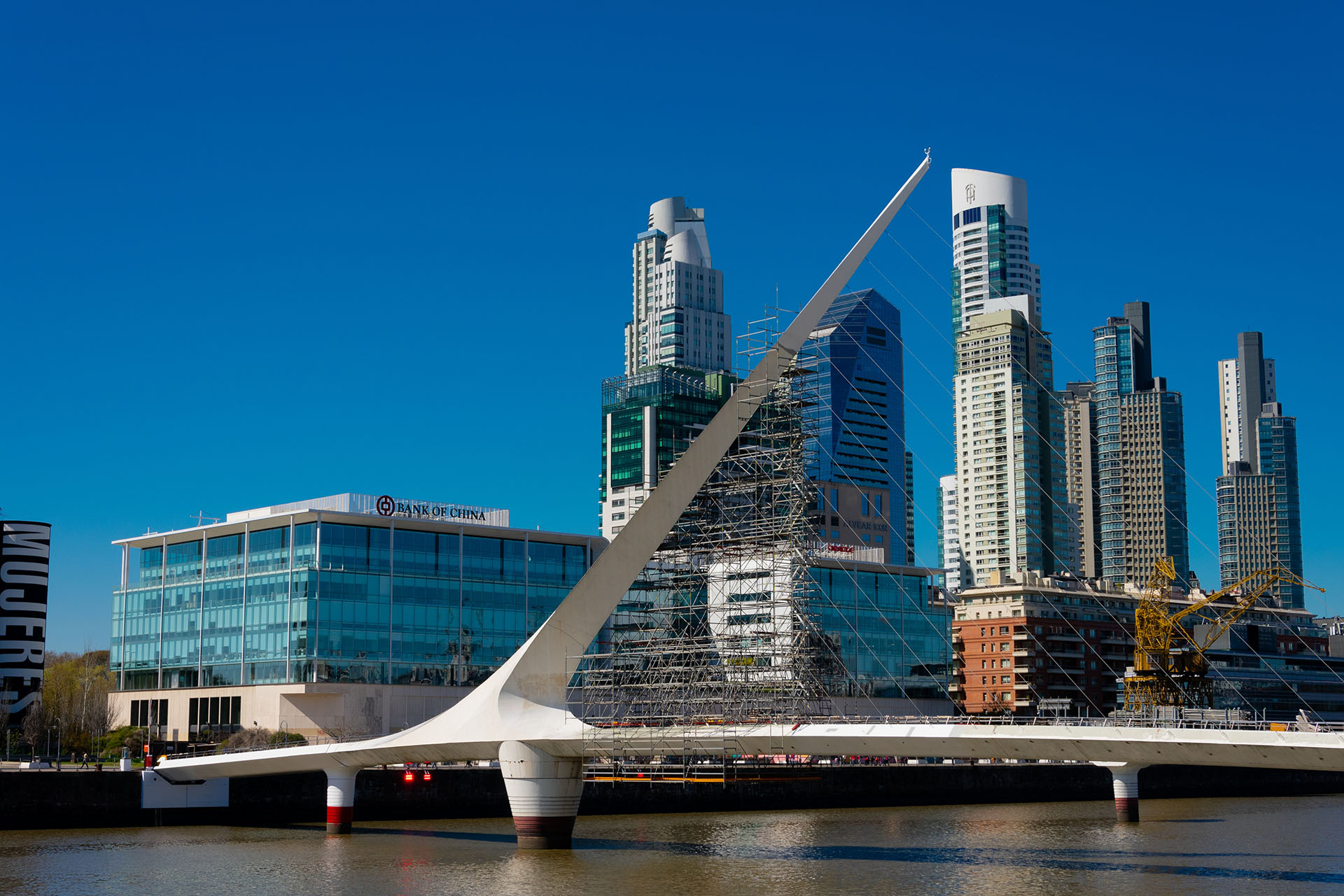 8 min
8 min
What is the IFC?The International Finance Corporation (IFC) is the world’s largest development bank dedicated to private sector development in the emerging markets, and a member of the World Bank Group.
How has the sustainable construction financing landscape evolved over the past ten years?
Jamie Ferguson: It is evolving really quickly; the exponential growth in green buildings is unprecedented. A decade ago, IFC had zero presence in sustainable construction and last year we committed $2.5 billion into green buildings globally. This massive growth is not just us, but the market as a whole. Players in the real estate market, from developers to investors and other stakeholders, are considering all aspects of sustainability. In the early days, sustainability was very much around energy efficiency, but it has broadened in scope to include energy, water, and embodied carbon and a recent focus on1 climate resilience. The way investors are thinking about sustainability has changed; investors in capital markets and real estate investment trusts, or REITs, are considering portfolio-wide decarbonization.
Key Terms in Sustainable Finance1 Embodied carbon: the total quantity of CO2 emitted during the life cycle of the building, including the extraction of raw materials, manufacturing, transport, construction and the end of life of a building.
How can financial intermediaries, such as banks, pension funds, real estate investment companies, and insurers, facilitate the environmental transition of the construction sector?
JF: Financial intermediaries collectively can be a driving force of the green transition. First, banks can offer specialized products such as green mortgages2 to home buyers, green construction loans to developers, and sustainability-linked finance to building owners for the gradual green refurbishment and retrofit of older buildings. Next, they can also offer transition finance to the emissions-intensive sectors in the supply chain, such as steel, cement, and glass companies. Policies can help the financial intermediaries if there are regulatory incentives for green-certified buildings, but the financial intermediaries themselves can also drive this transition with product innovation. If they do that right, they can then access the capital markets and institutional investors by funding those products with their own issuance of green bonds3 on the markets.
Key Terms in Sustainable Finance2 Green mortgage loan: a real estate loan that can be repaid by selling the mortgaged property. Designed to encourage and finance green construction and renovation projects, this type of mortgage offers favourable terms for borrowers who want to build energy-efficient homes or renovate buildings.
3 Bonds: a debt security by which an issuer borrows money from investors, agreeing to repay the principal on a due date and pay periodic interest.
What is the place of taxonomy⁴ and certifications in the commitment of banks and financial intermediaries?
JF: Taxonomies and certifications are central to the success of financial intermediaries leading this transition. At the asset level, at the borrower level, a green mortgage needs to rely on the resulting home or building actually being green. To know that, you need a certification such as IFC’s EDGE5 , which is a free tool and certification used across 100 different countries and has supported and enabled over 80 billion of investment worldwide. Similarly, taxonomies for labelled finance are equally important to reassure investors who buy bonds that the funds will be used for green buildings that deliver real climate benefits. There’s an interplay here between product development by the financial intermediaries and some global and regional and local standards on certification of the buildings and taxonomies in the financial markets.
Key Terms in Sustainable Finance4 Taxonomies: classifications that identify environmentally sustainable economic activities.
5 IFC’s EDGE: “Excellence in Design for Greater Efficiency”. A free software, green building standard and international green building certification system created by the IFC.
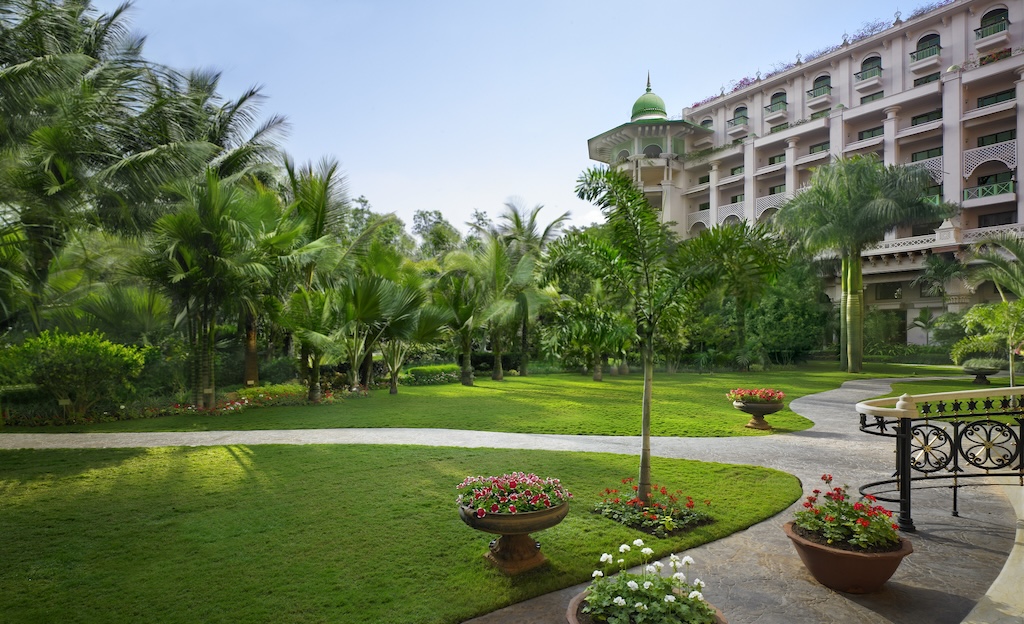
However, the financial factor remains one of the main obstacles to the transition to sustainable construction. Are there financial incentive tools available to persuade those who are reluctant?
JF: In new markets, barriers of increased cost and complexity often inhibit growth. But in mature markets, realities prove different. The incremental costs are low, and the challenges are achievable as everyone involved, from suppliers to builders to architects, gains experience. Therefore, it is important to educate the market. For our part, with support from the Swiss and UK governments, we built the EDGE certification system, which, in addition to being an international certification, is free to all so they can easily learn how to certify a green building.
Blended financing assistance from the UK government (mixing public and private investors) has also enabled us, for example, to provide financing to retail and commercial banks in emerging markets at a slightly lower interest rate, allowing them to offer green mortgages with lower pricing for their clients. This creates an incentive which overcomes initial real and perceived barriers. Markets easily shift into financing sustainable construction once there is a better understanding of the costs and issues, greater awareness, and of course, financial support.
Can you share an example of how this reduction has been implemented?
JF: In 2017, less than 1% of green buildings in Colombia were certified eco-friendly. Today, 30% of new buildings in the country are certified green, and all five major Colombian banks offer green mortgage products.
Are there regions or countries that stand out for their innovative approach to financing sustainable construction?
JF: Let’s take the example of emerging markets where the IFC operates. Worldwide, 50% of the buildings that will exist in 2060 have not yet been constructed. This explosion, as a matter of demographics and development, will occur in emerging markets such as India and Africa. IFC issued a report last year that estimates that $3.5 trillion will be needed by 2035 to decarbonise the building sector. Of that, emerging markets represent $1.5 trillion. It is important to focus on these growing markets because it is cheaper and easier to decarbonise new construction than to renovate old buildings.
However, two-thirds of buildings in these markets are low-cost, self-built housing. An Indian store owner who gets a loan to build a house for $20,000 would not be able to obtain a traditional green-building certification, as the transaction costs would be too high, up to $50,000 and that’s just not feasible for a $20,000 home. So, we worked with Indian housing finance companies and managed to bring certification costs down to $50 per house. If we want to change the trajectory of green buildings around the world, we must work at the base of the pyramid as well as the peak! We hope to develop this innovation in other places soon.
What do you envision for the future of sustainable construction financing?
JF: The trend will be towards the evaluation of carbon during the complete life cycle of a building, which depends on many factors: where it is built, the type of building, if it can be accessed on foot, materials used, and emissions produced during the production of materials. The production processes of these raw materials, such as cement, are inherently difficult to decarbonise because it is not just a question of the energy used. Financing technologies such as green hydrogen and carbon capture and storage, which facilitate this decarbonisation, will grow significantly in the coming years.
